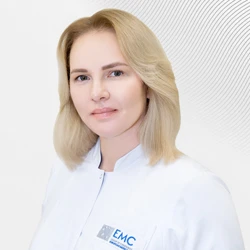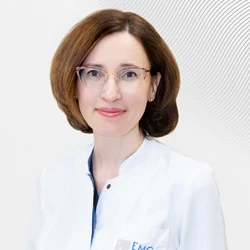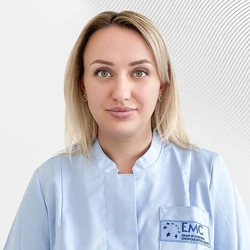The most common reason for contacting a pediatric surgeon is acute surgical diseases and injuries in children. Any emergency situation, especially if it requires the intervention of a surgeon, causes reasonable concern to parents. It is very important for a number of diseases or injuries to contact a pediatric surgeon in a timely manner so that qualified surgical care is provided as soon as possible.
One of the most common such injuries are bruised and incised wounds in children. What it is, and how parents should act in such cases, says Viktor Rachkov, MD, Head of the EMC Department of Pediatric Surgery.
Bruised wounds
Children between the ages of 2 and 5 actively comprehend the world around them and the limits of their body's capabilities. Unfortunately, the coordination of the child's movements does not always correspond to this activity. Therefore, very often children fall and get bruises. Bruising on hard objects can lead to damage (dissection) of the skin and underlying tissues and the appearance of bruised wounds. The causes of a child's fall can be different: stairs, an ice slide, a bicycle, a scooter, roller skates, household items, etc. The most common area of bruised wounds is the head: the scalp, forehead and chin. Bruised wounds may be accompanied by severe bleeding. Depending on the place where the wound was received and the method of its receipt, such wounds can be of varying degrees of contamination: more "clean" at home and "polluted" on the street. Of course, wounds vary in size and depth of injury, from superficial to deep, which is determined by the force of the impact. It is important to understand that the force of the impact can be such that it will damage the underlying bone structures, and if the head is hit, it will cause a traumatic brain injury (for example, concussion, brain contusion, etc.). Therefore, it is very important for a doctor to assess the child's condition immediately after the injury.: did the child lose consciousness, did he scream immediately or with a delay, does he remember the circumstances of the injury, did he experience dizziness, nausea or vomiting? Parents should pay attention to such details. If there was at least one of these symptoms when hitting your head, you should seek medical help immediately.
Incised wounds
Incised wounds are less common in children. However, given a different mechanism of damage, they may be deeper. With incised wounds, damage to the underlying tissues is more common. For example, with incised wounds of the hand or foot, tendon damage may occur, leading to impaired finger function. Very rarely, children have penetrating wounds of the thoracic and abdominal cavities, which can lead to damage to vital organs and serious internal bleeding. This must be remembered when cutting a wound on the thoracic or abdominal wall, received with a sharp object. In addition, incised wounds may cause damage to large blood vessels, arteries, and veins, accompanied by severe bleeding.
Treatment of bruised and incised wounds in children
What should parents do if a child receives such an injury? Of course, immediately contact the emergency room or a pediatric surgeon. If the bleeding is severe or the child is unconscious, call an ambulance. If possible, the wound should be covered with a clean bandage, but never use cotton wool. The bleeding can be stopped with a pressure bandage. Severe bleeding from the main vessels (it is extremely rare in children) requires the application of a tourniquet. But it is better not to apply a tourniquet if the parents do not know how to do it.
The surgeon's task is to assess the child's condition and rule out combined injuries (for example, skull and brain bones with a bruised head wound, internal organs with suspected penetrating wounds). This may require additional examinations: X-ray, ultrasound, CT.
The amount of surgical care required depends on the severity of the injury. Any wounds are washed with antiseptic solutions to remove possible contamination. Small linear wounds can be closed with Band-Aid sutures or special medical glue. More serious wounds and wounds with severe bleeding or contamination require surgical intervention or the so-called primary surgical treatment of the wound (PHO wounds). Typically, wound healing involves rinsing with antiseptic solutions, stopping bleeding, excision of damaged tissues, and suturing the wound. To complete the final stage of wound closure, the surgeon has about a day from the moment of injury. If more time has passed since the wound was inflicted, then the wound is considered conditionally infected, and the application of primary sutures is impossible in most cases. Therefore, it is better for parents not to delay the consultation of a child with similar wounds with a surgeon.
Wound cleaning can be performed under both general anesthesia and local anesthesia. In many ways, the choice of anesthesia is determined by the amount of surgery, the location of the wound, and the age and nature of the child. Small wounds in adult children or quiet preschool children can be closed under local anesthesia. To do this, local anesthetics are injected into the edges of the wound, similar to those used in dental treatment. The child feels practically nothing at the same time. But, of course, the environment itself, the type of surgeon and operating room can cause a child to worry. Therefore, for young children, as well as in cases of more serious injuries, wound repair should be performed under anesthesia in a full-fledged operating room. This usually requires hospitalization. In the EMC Children's Clinic, such hospitalization for uncomplicated wound is carried out for only a few hours. Usually, an uncomplicated, uncolluted bruised wound does not require the appointment of antibiotics in the postoperative period.
It is important to keep in mind the risk of tetanus, especially with contaminated wounds. Therefore, doctors and parents always discuss which vaccinations were previously carried out, and carry out tetanus vaccination (AC-toxoid) if it was not carried out on time. In case of head injury, in many cases, it is advisable to consult a neurologist to rule out a concussion. In the postoperative period, inflammation in the suture area may develop – in this case, antibiotics are additionally prescribed. The healing of a bruised wound may be worse than with a cut wound. This means that the cosmetic effect may be worse. This is due to the mechanism of damage – bruising of soft tissues leads to damage to the edges of the wound. Therefore, it is not necessary to expect that after healing the cosmetic result will always be perfect (as before the damage).
The Children's Clinic of the European Medical Center provides surgical care to children around the clock.
Was this information helpful?
Questions and answers
Ask a Question








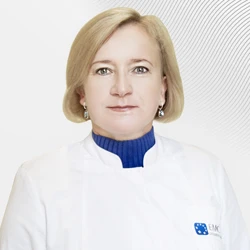
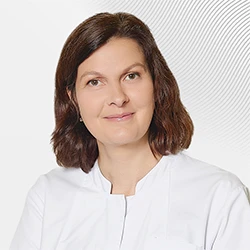


.webp)
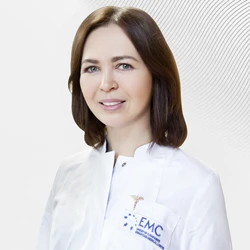

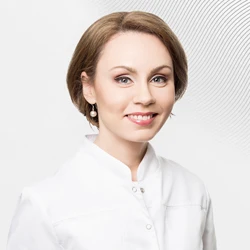

.webp)
